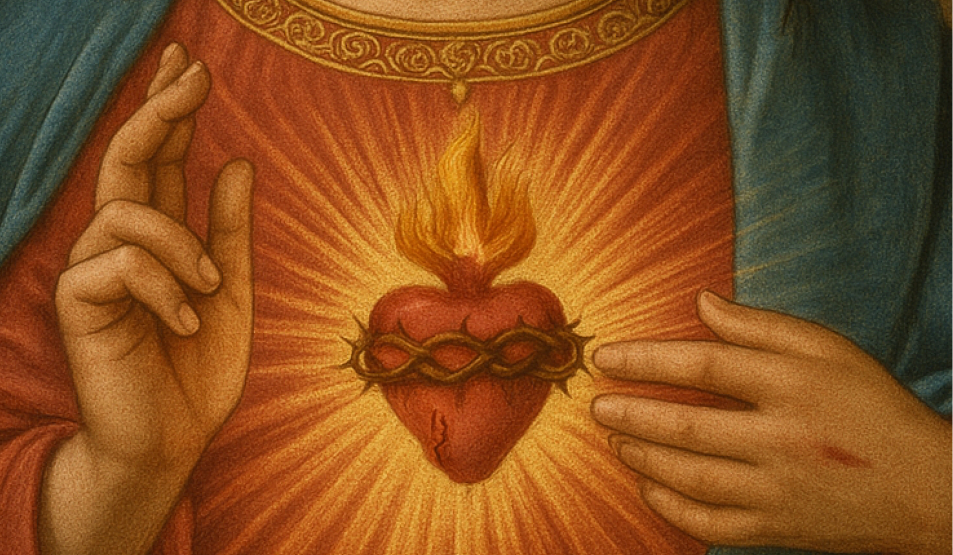In what appears a world first scientists in the US have made early-stage human embryos by manipulating DNA taken from people's skin cells and placed in a donor egg that is then fertilised with sperm – a process that in essence hijacks the human reproductive system of a male sperm fusing with a female ovum to create new life.
The technique could overcome infertility due to old age or disease, by using almost any cell in the body as the starting point for life, reports the BBC. It could even allow same-sex couples to have a child genetically related to both parents, thereby, in a male same-sex couple, removing the need for the involvement of a biological mother.
While the method requires significant refinement that could take up to a decade before a fertility clinic could even consider using the method, experts said it was an impressive breakthrough, while also noting that there needs to be an open discussion with the public about what the science involved could be making possible.
The Oregon Health and Science University (OHSU) research team's technique takes a nucleus – which houses a copy of the entire genetic code needed to create and build a human body – out of a human skin cell.
This is then placed inside a donor egg that has been stripped of its genetic instructions, involving a technique similar to the one used to create Dolly the Sheep – the world's first cloned mammal – back in 1996.
The manipulated donor egg at this stage isn't actually useable, because it can’t be fertilised by sperm as it already contains a full suite of 46 chromosomes (human reproduction involves 23 of these bundles of DNA coming from each parent when a sperm meets a woman's egg and they fuse to make an embryo with 46 chromosomes).
So the next stage of the process is to "persuade the egg" to discard half of its chromosomes in a process the researchers have termed "mitomeiosis" (the word is a fusion of mitosis and meiosis, the two ways cells divide), reports the BBC.
After that, a man's sperm can fertilise the egg and add its chromosomes with the result that half of the resulting 46 chromosomes have come from each person involved.
The study, published in the journal Nature Communications, showed that 82 "functional eggs were made". After being fertilised with sperm, some of the eggs progressed into the early stages of embryo development, though none of the embryos were "developed beyond the six-day-stage", reports the BBC.
"We achieved something that was thought to be impossible," says Prof Shoukhrat Mitalipov, the director of OHSU's centre for embryonic cell and gene therapy.
That said, the technique "is far from polished as the egg randomly chooses which chromosomes to discard", reports the BBC, adding that the egg needs to end up with one of each of the 23 chromosome types to prevent disease, "but ends up with two of some and none of others".
There is also "a poor success rate" of around 9 per cent and the chromosomes involved do not undergo an important process – called crossing over – during which they rearrange their DNA.
But despite these issues and scientific hurdles, those involved remain confident that the technique will progress.
"Eventually, I think that's where the future will go because there are more and more patients that cannot have children,” Prof Mitalipov, a world-renowned pioneer in the field, told the BBC.
It notes that the technology being used is part of a growing field that aims to make sperm and eggs outside of the body, a process that is known as in vitro gametogenesis.
The approach is still at the level of scientific discovery rather than clinical use, but the "vision is to help couples who cannot benefit from IVF (in vitro fertilisation) because they don't have the sperm or eggs to use".
The BBC says this could "help older women who no longer have viable eggs, men who don't produce enough sperm or people whose cancer treatment has left them infertile".
It also acknowledges that this emerging scientific field "re-writes the rules of parenthood" as the technique could use only a man's skin cells which "opens the door to same-sex couples having children that are genetically related to both partners".
In a male same-sex couple, it explains, one man's skin could be used to make the egg with the male partner's sperm used to fertilise it.
"In addition to offering hope for millions of people with infertility due to lack of eggs or sperm, this method would allow for the possibility of same-sex couples to have a child genetically related to both partners," says OHSU's Prof Paula Amato.
Photo: Researchers at OHSU have demonstrated a new technique to turn skin cells into oocytes, or eggs. Shown here, an image of an oocyte with a bright image of a skin cell nucleus before fertilisation. (Credit: Oregon Health and Science University.)




.jpg)



.jpg)







